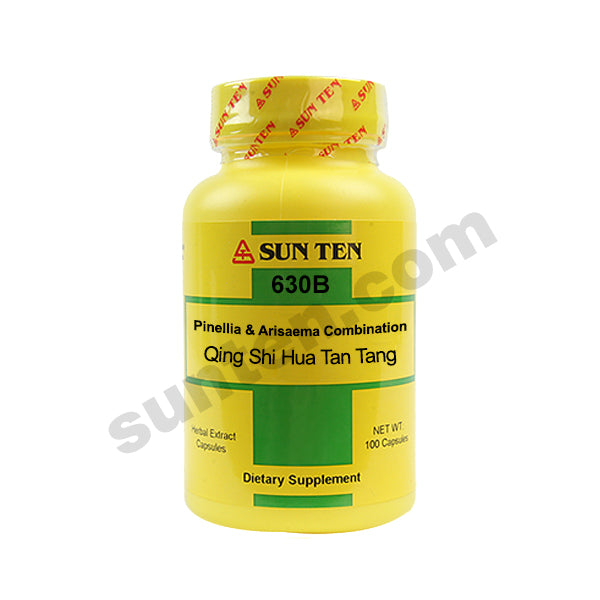Qing Shi Hua Tan Tang
Pinellia & Arisaema Combination Capsules | 清濕化痰湯
Practitioners: Please LOGIN to view the wholesale price. This item can only be purchased by a licensed practitioner. Find a practitioner
Ingredients: Pinellia root (ban xia), Hoelen fungus (fu ling), Southern tsangshu root (cang zhu), Citrus rind (chen pi), Notopterygium root (qiang huo), Japanese arisaema root (tian nan xing), Fragrant angelica (bai zhi), Ginger root, White mustard seed (bai jie zi), Bamboo sap (zhu ru), Scute root (huang qin), Chinese licorice root (gan cao).
| Mandarin: 清濕化痰湯 Pin-Yin: Qing Shi Hua Tan Tang English: Pinellia & Arisaema Combination Romaji: Seishitsu Katan To Kanji: 清湿化痰湯 Kampo: No |

